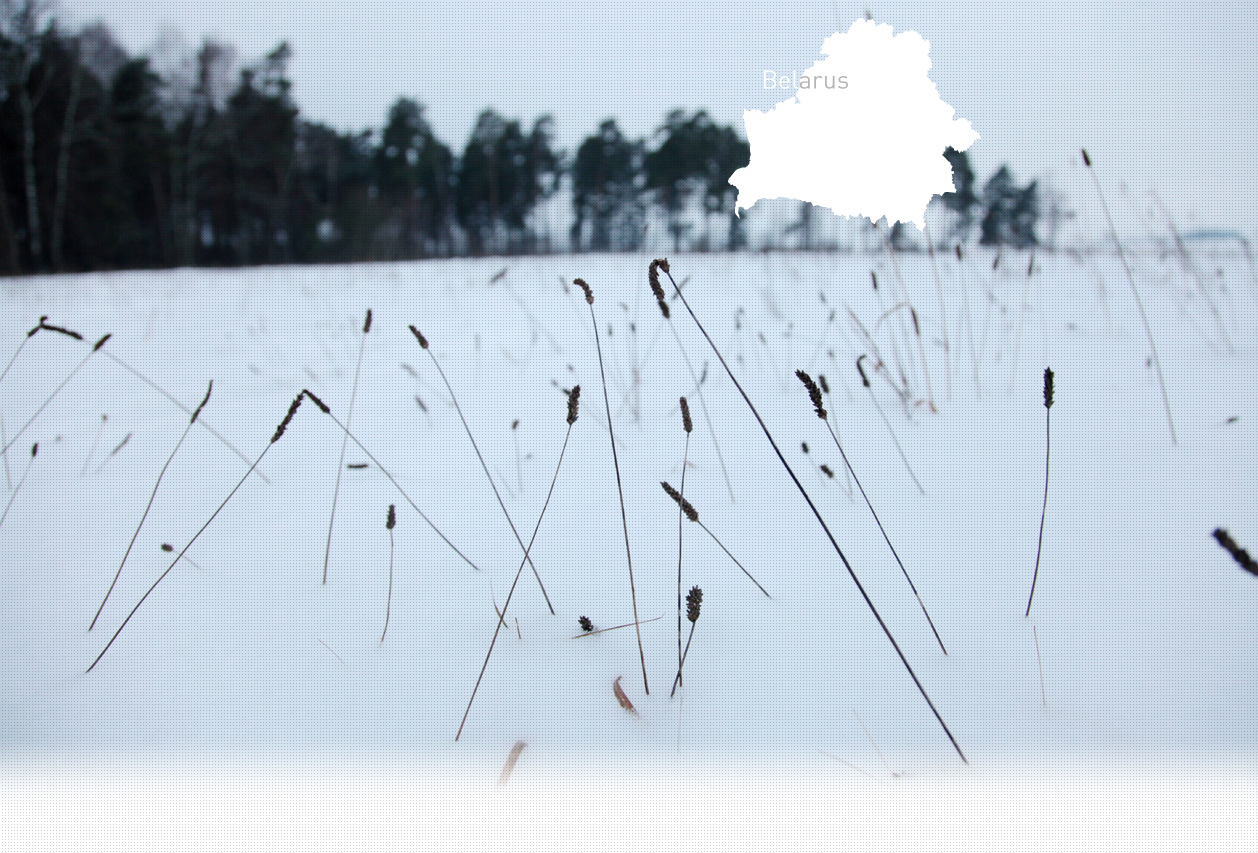

1 Killing site(s)
Alexandr L., born in 1927: “I saw some smoke coming from the ghetto, and I heard shooting. When I made my way there, I saw several bodies lying in the streets. The whole ghetto had been burned down. ” (Witness N°771B, interviewed in Slutsk, on May 21, 2014)
“I can add information on several humiliations of Jews that I witnessed. Two or three times, I saw the Germans assemble around 70 Jews near the school building. The Jews were forced to undress down to their underwear and stay there the entire day, from the morning to evening, without food or drink. And at dusk, they were bitten by mosquitos. If a Jew tried to slap the mosquitos away, he was beaten to death by a German with a whip.” [Deposition of Leonid Ch., born in 1928, a local resident, made on September 19, 1944, for Soviet Extraordinary State commission, RG.002M. 7021-81/102]
Slutsk is a city located 105 km south of Minsk. In 1939, on third of the total population of the city was Jewish. Before the war, there were 3 synagogues in Slutsk. The local Jewish community was involved in small business and agriculture. The town was a major religious center in the country. Many Yeshiva schools remained openned in the town before the 1917 revolution. The city was occupied by German forces on June 26, 1941.
Before the Germans’ arrival, only a few Jews managed to escape and there was no mass evacuation.
In July 1941, the first ghetto was created at the former military barracks. According to a Jewish survivor interviewed by Yahad, the inmates only received 250g of bread per person per day. Many Jews had to work in the different factories of the city. On October 27, 1941, this ghetto was liquidated by units of German reserve police battalion 11, aided by Lithuanian auxiliaries. The Jews were killed in pits dug by the Jews themselves near the village of Ivan, west of Slutsk. It is estimated that between 3,000 and 4,000 Jews were killed that day, many being skilled workers. Thanks to a local investigation and local testimony recorded by Yahad, it is clear that the monument is not situated exactly on the site of the mass graves.
After this Aktion, a second ghetto, fenced in by barbed wire, was opened in an area of the city center. It was a large ghetto containing circa. 500 houses. It was liquidated gradually. The last major Aktion took place in February 1943, organized by units of the Sipo-SD, aided by Latvian volunteers. The Jews were killed in silo-pits near the small village of Sloboda, east of Slutsk. During the liquidation, many Jews tried to escape or hide, which led to the Germans setting the ghetto on fire. The bodies of the Jews killed within the ghetto were buried in a mass grave situated on the edge of the city. In total, approximately 10,000 Jews from the Slutsk area were killed. For more information about the execution in Sloboda please check the village’s profiel.
Do you have additional information regarding a village that you would like to share with Yahad ?
Please contact us at contact@yahadinunum.org
or by calling Yahad – In Unum at +33 (0) 1 53 20 13 17